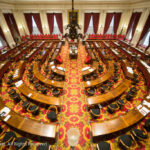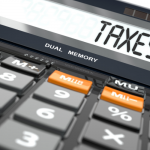School Spending Hikes Falling on Non-Residential Property Taxpayers
As a result of a 2022 change in the education pupil weighting formula, some school districts would face a steep increase in property tax rates. To ease this transition, the law sought to protect districts from these rates impacting ratepayers all at once by capping increases on the tax rate at 5% for the next five years, even if that district experiences a homestead property tax rate increase exceeding 5%. Non-homestead ratepayers will already be paying the for 18.5% increase, but increases beyond this cap not covered by the homestead property taxpayers must be compensated by non-homestead taxpayers as well. While this cap was intended to ease the transition, it has created an incentive for school districts to raise budgets beyond what they would have absent the cap. Budgets are being presented with unprecedented increases, heavily impacting the non-homestead tax rate, hitting business owners that pay property tax and renters with large increases at a time when they are already absorbing soaring health care costs, a new payroll tax, high interest rates, and for some, staggering flood recovery costs.
As school boards begin publishing budgets reflecting, and in some cases boasting, spending sprees significantly beyond the 5% cap, legislators are reviewing their 2022 actions with the potential to curtail this high level of spending with the Chairs of the House and Means Committee and the Chair of the Senate Finance Committee issuing a letter on these increase to school boards.
RECENT BUSINESS ADVOCACY NEWS




